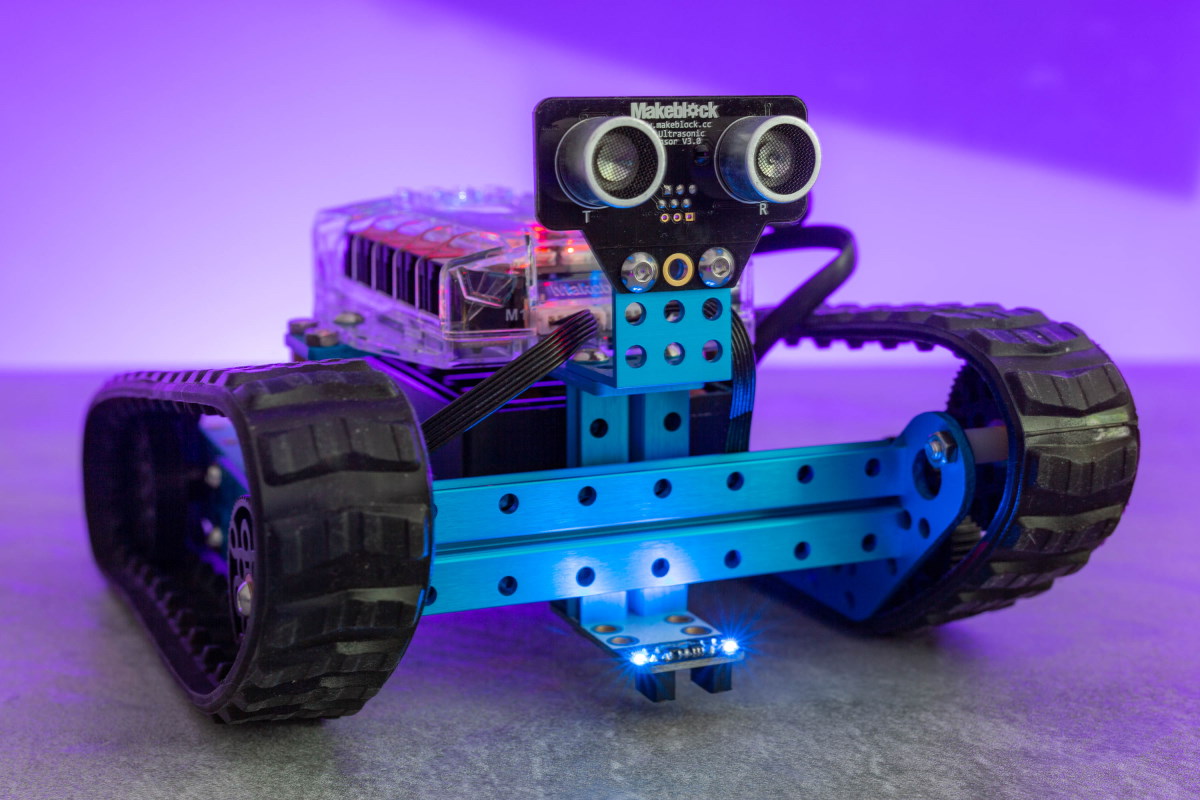Researchers at the University of Washington just debuted the first flying robotic insect ever, the aptly-named RoboFly.
While robots like Atlas from Boston Dynamics are already jogging, power sources for tiny robots like the RoboFly were previously too heavy to allow lift-off with their also tiny, delicate wings. The researchers solved this problem by using lasers.
A narrow laser beam is aimed at a small photovoltaic cell which then converts that light to electricity while another circuit boosts the power from 7 volts to 240 volts. The flying robotic insect also has a tiny brain on the same circuit to control the rhythm of wing flaps.
“Before now, the concept of wireless insect-sized flying robots was science fiction. Would we ever be able to make them work without needing a wire? Our new wireless RoboFly shows they’re much closer to real life,” proudly explained assistant professor and co-author of the project Sawyer Fuller.
On May 23rd, the creators of the RoboFly will reveal more of their findings at the International Conference on Robotics and Automation held in Brisbane, Australia. Hopefully, their research will pave the way for advancements like a swarm of robotic bees that will help us survive in 2036.
Follow TechTheLead on Google News to get the news first.





















